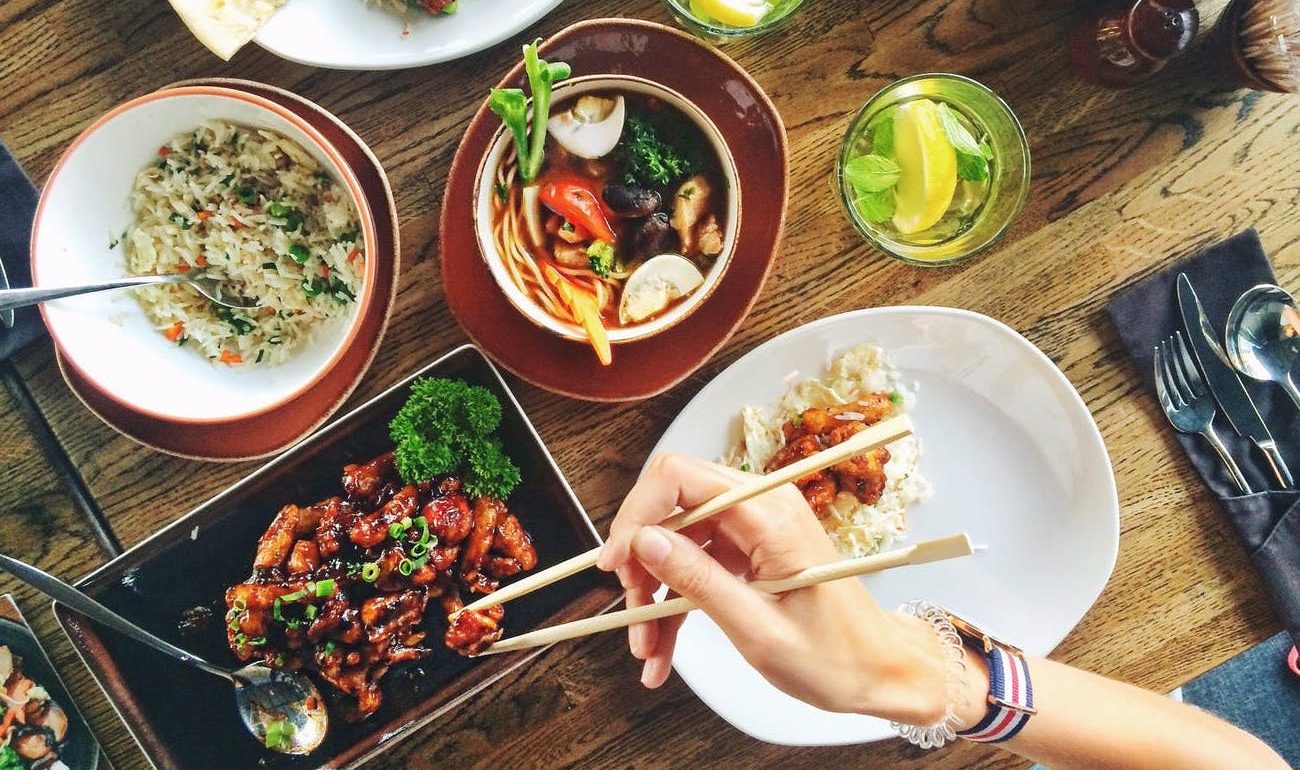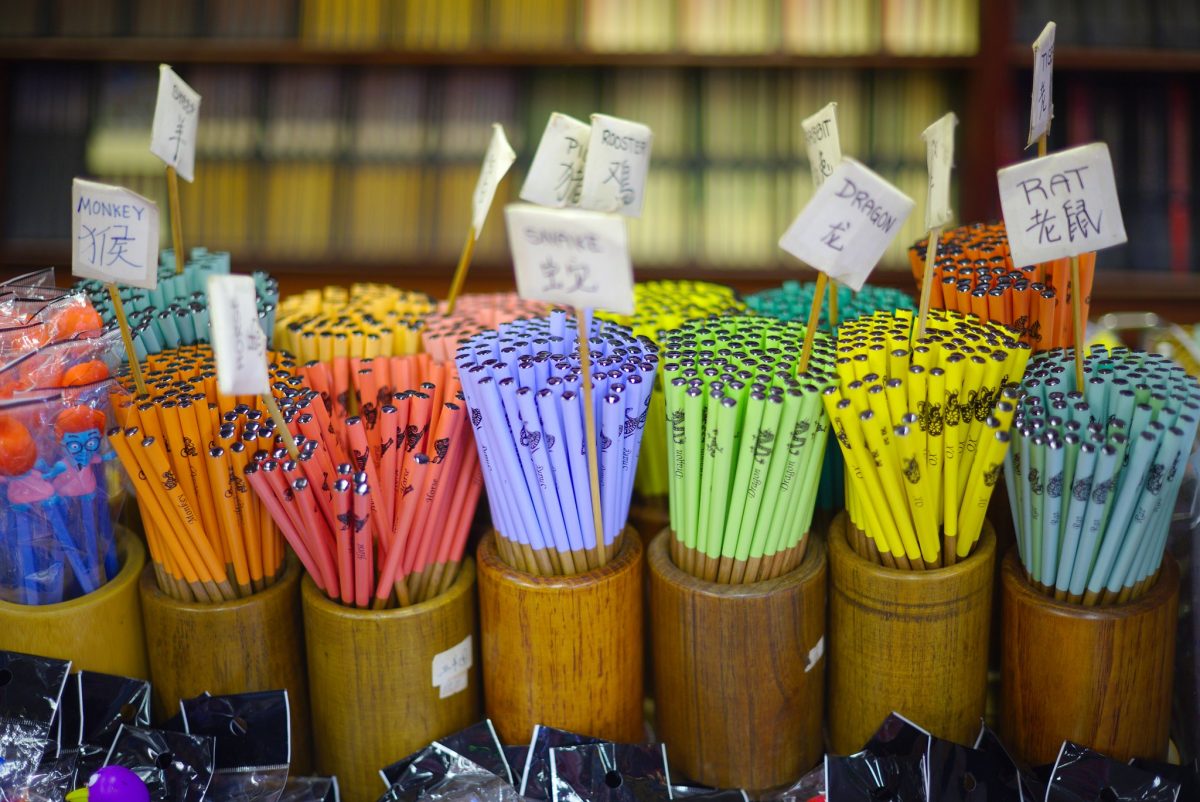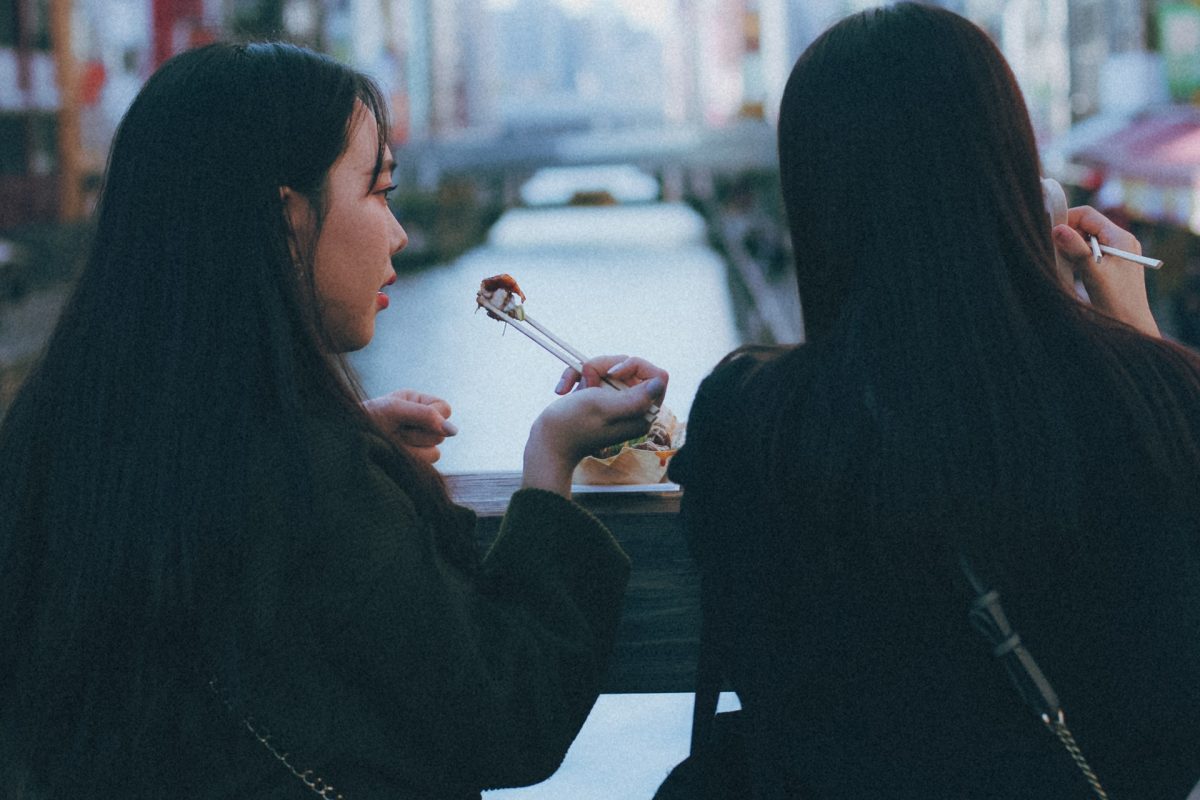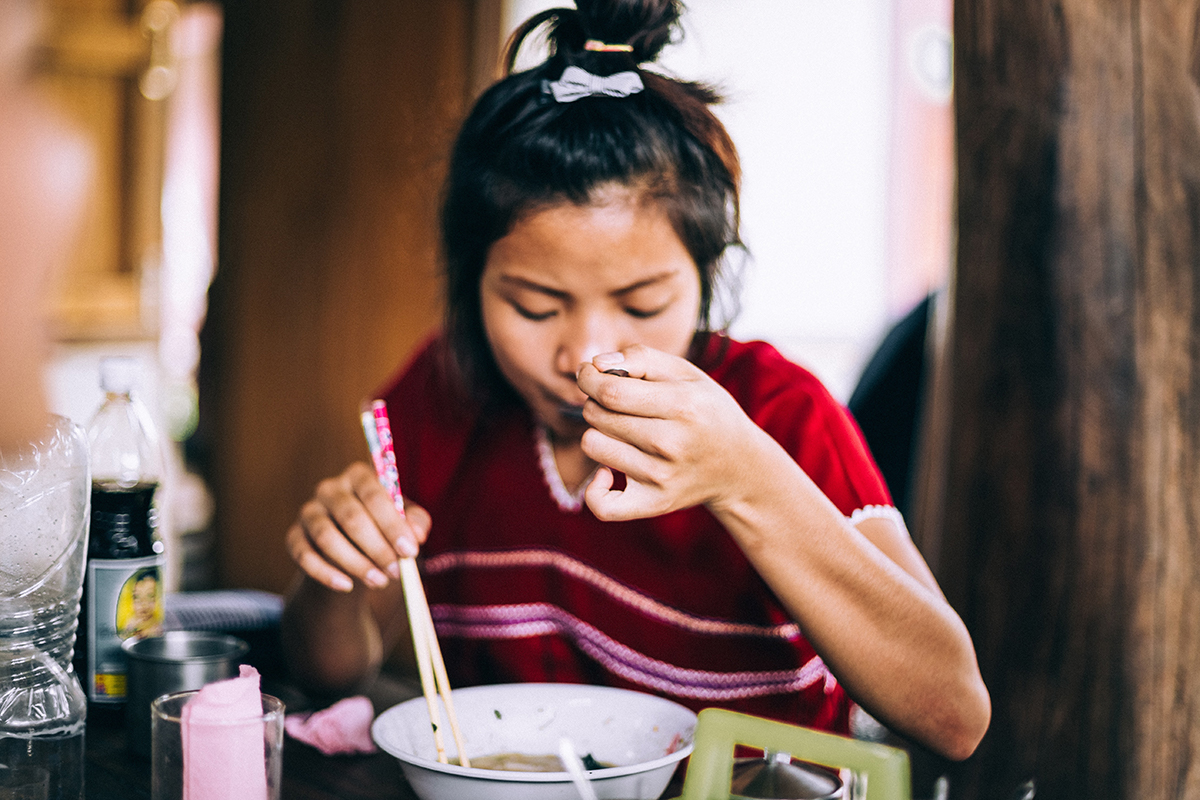How To Use Chopsticks Like A Pro: Ultimate Step-by-step Guide

Using chopsticks is a skill many people struggle with. If you’re planning to travel and explore Asia anytime soon then it’ll definitely be useful to learn this skill. After all, you don’t want to look like a tourist than you already do.
So if you want to master eating using chopsticks, then keep reading because we’re going to help you figure out how to use this utensil like a local!
Let’s start by showing you the different types of chopsticks and the techniques you can use. We’ll also provide some do’s and don’ts when it comes to its etiquette.
Different Types Of Chopsticks
Chopsticks are usually made from bamboo, metal, and lacquered wood. The most common ones are crafted from bamboo. Men usually go for a slightly longer pair than ones used by women.
However, an interesting historical fact we’d like to point out is that the first known chopsticks were made of bronze. These were found bronze set found in a tomb site in China.

How To Hold Your Chopsticks
This utensil isn’t meant to skew or chop food. It takes patience, a little skill, and lots of practice for you to master it. So, don’t be too hard on your self if the first couple tries aren’t successful. You’ll get the hang of it soon. We promise.
Once you get it down, you’ll just chuckle in as you remember your old self who didn’t know anything about this traditional utensil. Who knows? You might even reach Mr. Miyagi’s level of mastery and catch a fly using your own pair of chopsticks.
Step-by-step Guide To Properly Hold A Pair of Chopsticks
Step 1: How to hold the bottom part of a chopsticks
Take the first chopstick and place about one-third of the way from its top at the base of your thumb. Stretch out your fingers and place the rest of the chopstick at the side end of your ring finger. Now, lay your thumb on the chopstick to hold it in place.
The pressure on your thumb against the chopstick will keep them in place.
Step 2: How to hold the top-part of a chopsticks
Get the second chopstick and place the half end of it between your thumb and first and second fingers. Hold it just like how you would a pencil. Make sure, though, that your thumb is completely straight and not bent.
Step 3: How to move the top chopstick
Make sure your thumb is a little further back your first finger, roughly where the first knuckle is. This should help you move the chopstick with ease. To move the top chopstick, simply bend your first and second fingers while keeping the chopstick in place.
Step 4: How to control the movement of the top chopstick
Get a feel of the top chopstick by practicing how to move it with ease. It should rest comfortably in between your first and second fingers with your thumb straight on the side. Concentrate on moving your fingers and creating a seesaw effect underneath your thumb.
Step 5: How to use both top and bottom chopsticks
Take both chopsticks. Place the top part in between the first and second fingers, while the bottom part rests on your ring finger. Your thumb, meanwhile, locks both chopsticks in place.
Now, try doing the movements you’ve learned for the top chopstick while the bottom part stays in place. Remember to keep your thumb straight and in place to keep them both aligned.
Practice makes perfect so try eating with chopsticks right away. Pick small solid food that you can practice on and, in no time, you’ll be eating with chopsticks like a local!
Photo by rawpixel.com from Pexels
Here are a few techniques that might help you build your chopsticks-wielding skill:
Training Wheels
This might feel like more work than simply trying to use chopsticks the regular way, but this technique will help you get used to the motion needed to be adept at eating using chopsticks. Take a wedge or a folded-up napkin and then place that in the middle of your chopsticks.
After you have that, use a rubber band to tightly secure that wedge into place. Now squeeze, pick up and insert that wonderfully delicious food in your mouth. However, by using this method, you will surely be branded as “The Tourist.”
The Local Technique
This technique is when you hold the top chopstick like you would a pencil between your middle finger and thumb. The bottom stick then sits between your thumb and your index finger. Its end sits in between your middle finger and the finger next to your pinky. You use the top chopstick to adjust the size you need to grab the food.
The Two-stick Technique
This has the same set up as the local but instead of just using one stick to adjust for the size you move both. This can lead to some great risks and some great rewards.
How To Eat With Chopsticks Or Chopstick Etiquette 101

Photo by Nguyễn Khanh from Pexels
No matter if you’re using Korean or Japanese chopsticks or any other kind of chopsticks, there are rules on how to use them properly. The best way to show respect is to abide by the rules.
There are basic rules and then country-specific ones. We’ll look into them all so that you can be sure to know the ins and outs of the chopstick game no matter where your trip to Asia takes you.
Basic
-
Leaving your chopsticks stuck upright in your food is often associated with death. So, it’s probably a good idea not to do that.
-
Don’t eat straight from the dish the food is served in. You should take the food and move it to your own plate and then chow down from there.
-
This utensil is not skewering, so don’t do it.
-
Most restaurants will bring your food with serving chopsticks or cutlery. Use those before you use your own.
-
Don’t be picky and use your chopsticks to move around the food until you find the piece you want.
-
Don’t place your chopsticks on the table when you are resting. Instead set them across your plate or on the provided chopstick rest.
-
Don’t use your chopsticks to point at things or people.

Photo by diGital Sennin on Unsplash
Japanese Chopsticks
-
You can use your chopsticks to push food into your mouth if you hold the bowl close to your mouth.
-
Do not rub your chopsticks together. You’re insulting the restaurant by insinuating they use cheap utensils.
-
If you’re in a fancy restaurant and they serve you, don’t throw away your chopsticks. It is proper if you place them back in the wrapper they came in.
-
Don’t cross your chopsticks when at rest. This is associated with death.
Korean Chopsticks
-
You will almost always have a set of chopsticks and a spoon at your place setting.
-
You use the spoon for any soups or liquids, and the chopsticks are for solid foods.
-
Do not bring your bowl to your mouth. Instead, use the chopsticks to bring the food.
-
When you’re done eating, place your chopsticks on the right side of the spoon. The opposite is only done at funerals.

Photo by Peter Hershey on Unsplash
Chinese Chopsticks
-
Much like Japan, it’s okay to bring the bowl up to your face and use the chopsticks to push the food into your mouth.
-
When done, don’t set your chopsticks on the table with the end pointed at anyone at the table.
-
When in China, you always let the older people serve themselves first.
Many other Asian countries have distinct etiquette when it comes to chopstick use, so make sure to do your research before you fly out on your Asian adventure.
Final Thoughts…
If you want the full cultural experience of eating in any country, you need to experience it in the same way the locals do. In most of Asia, that means being able to use chopsticks. We hope that we’ve helped you feel just a bit more confident in handling this utensil like a local.
Already mastered this utensil? Try it out in one of these sushi joints in Tokyo!


